Curious Questions: How does a bumblebee fly?
Scientists only discovered the humble pollinator's secret in 2005, says Martin Fone.
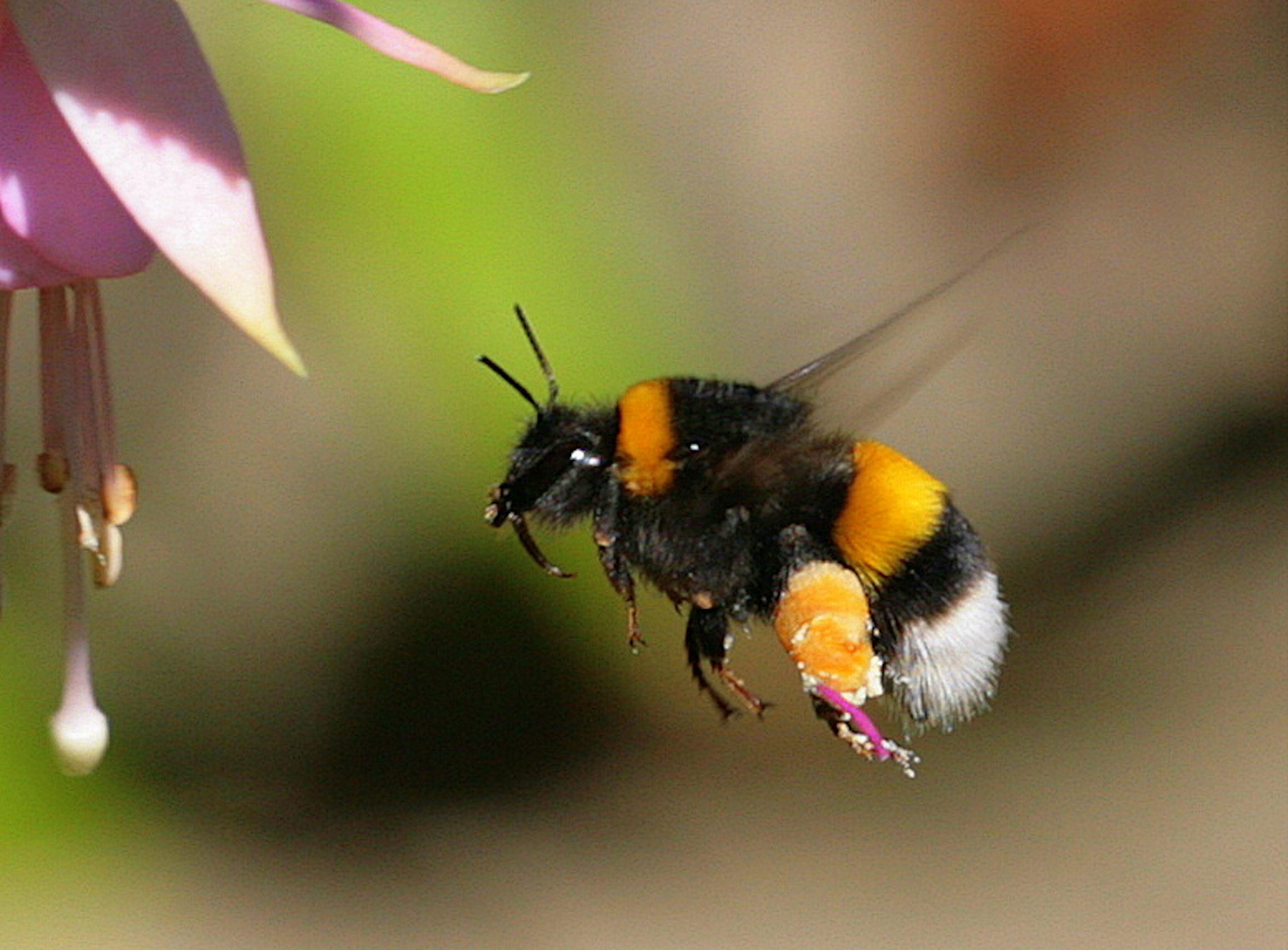

A spell of late-winter sunshine encouraged several bumblebees to explore the delights of the flowering heathers and crocuses in our borders.
More disconcertingly, one of their number took such a liking to a garden chair that it lay there for twenty-four hours, quivering, but showing little inclination to buzz off.
My own Babbity Bumble had allowed its body temperature to drop below the critical tipping point of thirty degrees centigrade needed to allow its flight muscles to operate.
To regain the requisite body temperature, it disengages muscles in its thorax, disabling its wings, and shivers.
When its thorax is warm enough, these muscles are re-engaged allowing the wings to move and off it flies. You can accelerate its recovery by moving it carefully to a warmer spot or by giving it a 50/50 solution of water and sugar.
Babbity was a Buff-tailed bumblebee queen (Bombus terrestris), one of twenty-five species found here in the UK.
Their name is onomatopoeic, bumble meaning to buzz, but its earlier name was humblebee, first attested in 1450 and used by Shakespeare in A Midsummer Night’s Dream.
Sign up for the Country Life Newsletter
Exquisite houses, the beauty of Nature, and how to get the most from your life, straight to your inbox.
Humble or bumble, their numbers are in sharp decline, a compelling reason to ensure your garden planting scheme is designed to attract pollinators and to carry out emergency resuscitation if you find one grounded.
Grounded bumblebees found later in the year are another story. The tell-tale sign of ragged edges around the wings show that it is time for it to die and there is little to be achieved in attempting to revive it.
If the wings are intact, then it is likely to be a male who was so busy going about his business that he had become dehydrated. A reviving drink of a sugar and water solution should soon send him on his way again.
What struck me about my Babbity Bumble was how small its wings were in relation to its body size and it made me wonder how they ever get off the ground in the first place.
Even when they are in flight, they seem barely in control, forever changing direction and darting hither and thither, a characteristic Rimsky-Korsakov evoked musically in the orchestral interlude to the opera The Tale of Tsar Sultan, which we know as the Flight of the Bumblebee.
The ability of the bumblebee to fly has intrigued entomologists and engineers for decades. Antoine Magnan nailed his colours firmly to the mast in 1934 when he wrote in Le vol des insectes that not only bumblebees but all insects should not be able to fly because in doing so they break all the physical laws of aerodynamics.
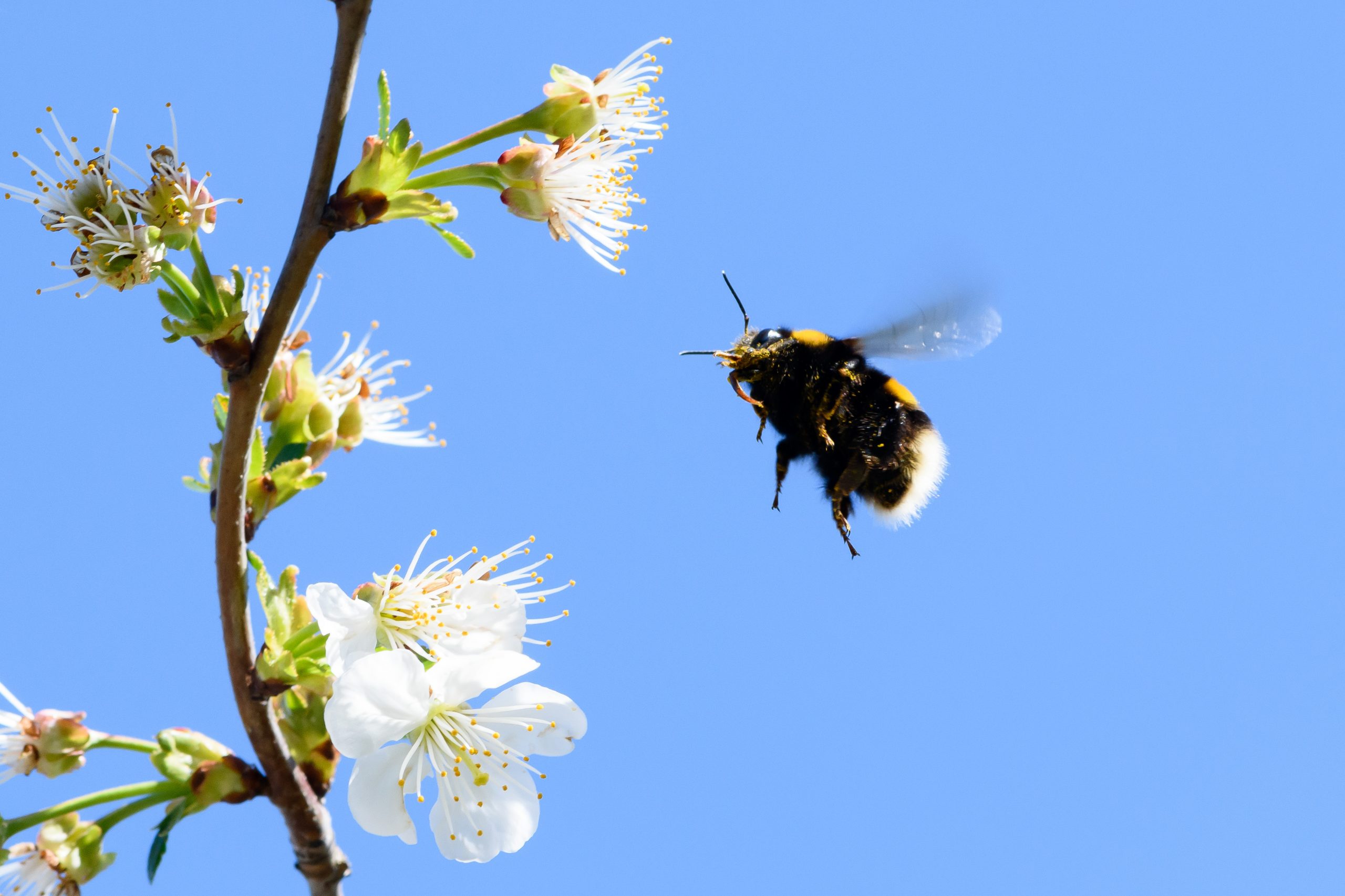
He backed up his claim with some calculations made by his friend and assistant, André Sainte-Laguë, based mainly on the surface area of the insect’s wings and its weight.
Empirically, the evidence of our own eyes clearly shows that Magnan’s assertion is wrong, but it took scientists over seven decades to provide a convincing and conclusive explanation of how they achieve the feat.
Magnan’s theory assumed that a bumblebee moves its wings up and down, forcing air downwards and generating enough force to lift its body off the ground and fly.
Aeroplanes work on the same principle, although jet engines rather than flapping wings provide the force required to take off.
It took a combination of robotic modelling and slow-motion videos of airborne honeybees for Michael Dickinson and his colleagues at Caltech in Pasadena to understand the curious aerodynamics of bee flight.
Filming at 6,000 frames a second, they discovered that the wings sweep back in a ninety-degree arc and then flip over as they return, flapping at a rate of up to 230 times every second.
In other words, the wings moved backwards and forwards rather than up and down, the speed of the movement coupled with the angle of the wings creating something akin to a mini hurricane around the bee.
As the air pressure of these vortices is lower than that of the surrounding air, it is sufficient to keep the bee aloft.
Although the research, published in 2005 in Proceedings of the National Academy of Sciences, related specifically to honeybees, its findings had conclusively laid to rest Magnan’s theory.
For the curious of mind, the explanation raises further questions, not least how the bee is able to move its wings so quickly.
This is down to a neat anatomical arrangement. Unlike birds and bats, bees do not have muscles that attach directly to the wings.
Instead, they have two large pairs of muscles in the thorax, one set running from top to bottom and the other set from front to back.
They operate in opposite directions, so that when one contracts and moves the wings, the other is stretched and becomes active and starts to contract itself, moving the wings in the opposite direction.
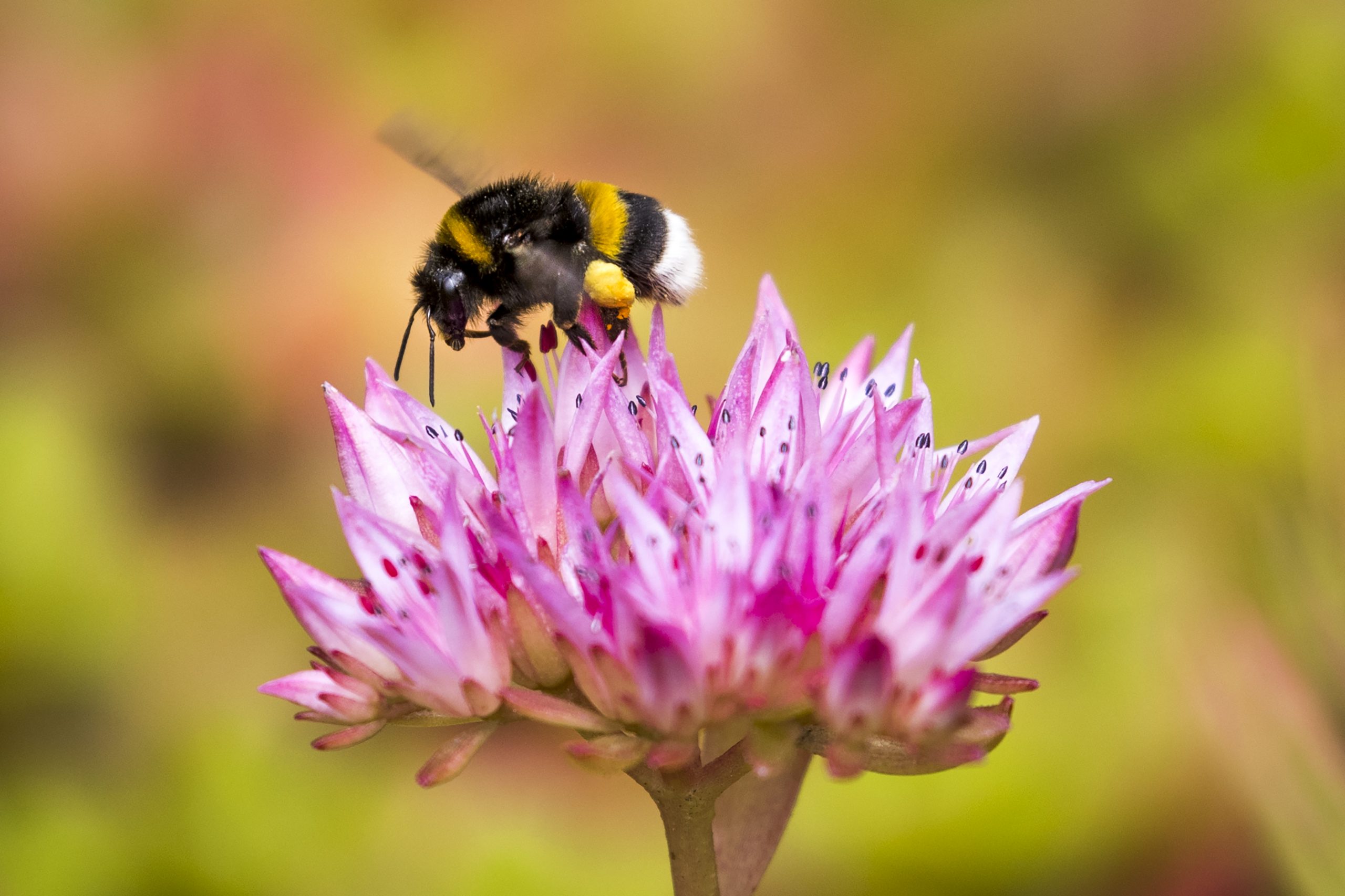
This stretches the other muscle again and causes the cycle to be repeated. As the muscles act autonomously without the brain’s involvement, the bee is able to move its wings extremely quickly.
Bumblebees are the strongmen of the insect world, capable of carrying loads weighing anything between sixty and eighty per cent of their body weight.
Do these heavy loads affect their ability to fly? This was the intriguing question a team of scientists from the College of Biological Studies at the University of California sought to answer.
To fuel their flight, bumblebees burn sugar from the nectar they are carrying and the carbon dioxide produced indicates the amount of energy per unit of load they expend.
The scientists’ paper published in Science Advances in February 2020 revealed that bumblebees have two different strategies to cope with increasing loads, maximising the distance the wings flap and for even more power and lift, increasing the wingbeat frequency.
Intuitively, this increase in activity should mean that the heavier the load at the outset, the more energy the bumblebee uses.
As the energy comes from the nectar they are carrying, struggling with a heavy load should be counterproductive, depleting the cargo more rapidly than would be the case with a lighter load.
Astonishingly, though, the scientists found that it was not only aerodynamic theory that bumblebees turned on its head but also energetics, using less energy when carrying heavy loads.
It is as if they have an economy mode setting, which allows them to select the most energy-efficient means of moving their precious cargo.
When they are lightly loaded, they are more likely to increase the rate they flap their wings but with heavier loads, wingbeat may decrease with the bumblebee relying upon a subtle change in how the wing rotates to reverse direction between strokes. More work needs to be done to understand the precise mechanics involved.
Why do they not always fly in this economy mode? It may be that like petrolheads, they like the thrill of burning juice or, more likely, increasing the rate at which their wings beat provides greater stability and manoeuvrability. As for Babbity, its body temperature restored to its requisite level, it flew off to ensure the survival of its nest. I was mightily relieved.
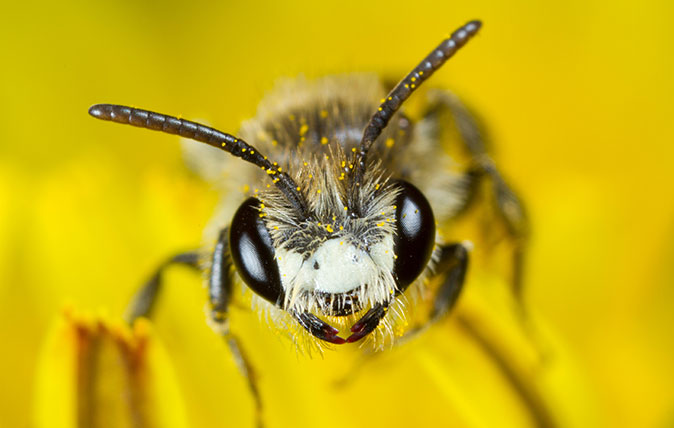
Credit: Alamy
Curious Questions: Are bees really busy?
We've all used the phrase 'busy as a bee' – but is it justified? Or are bees just as liable
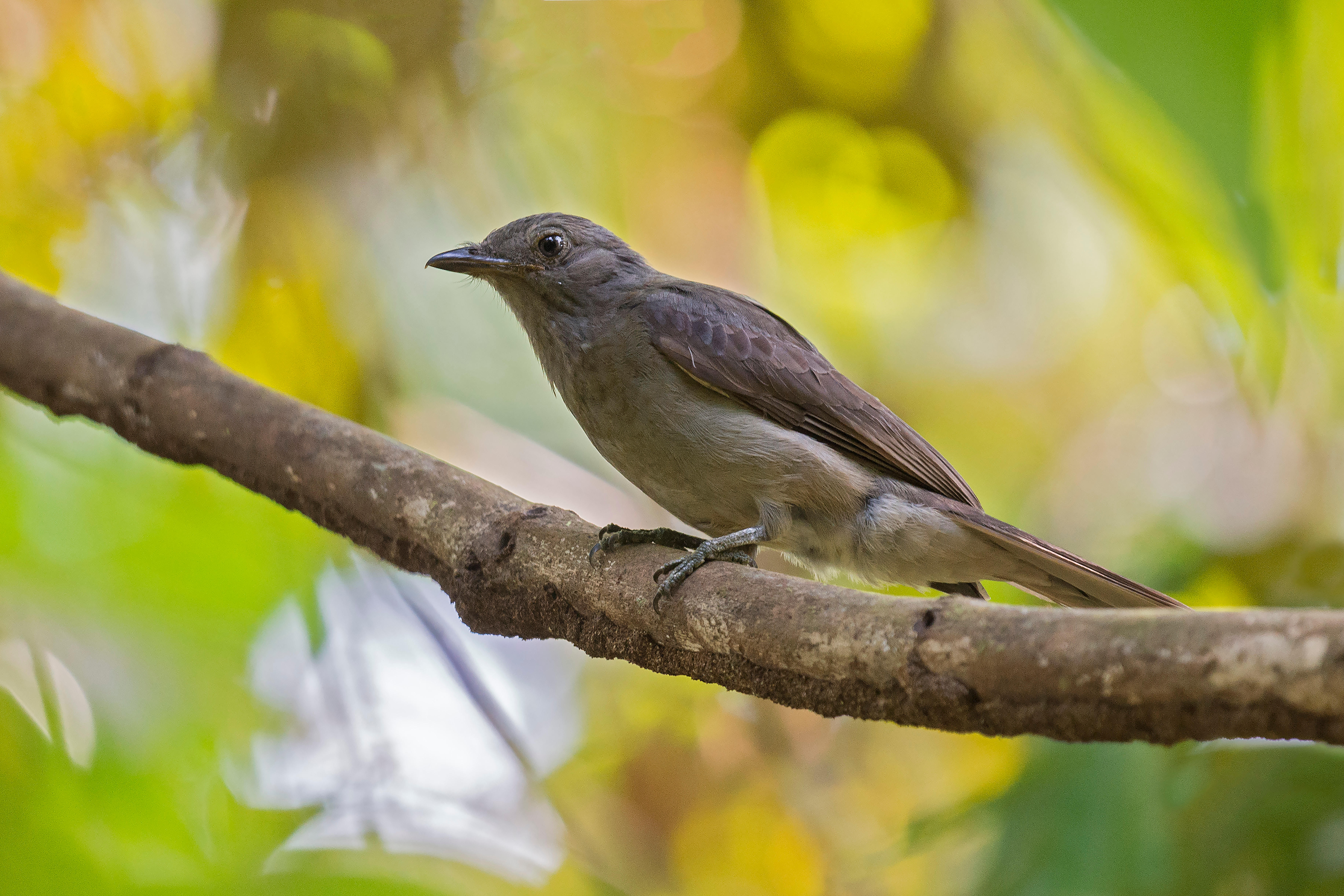
Curious Questions: Which bird's song is loudest?
We tend to think of bird song as endearing and delicate — but there are birds out there who would put
After graduating in Classics from Trinity College Cambridge and a 38 year career in the financial services sector in the City of London, Martin Fone started blogging and writing on a freelance basis as he slipped into retirement. He has developed a fearless passion for investigating the quirks and oddities of life and discovering the answers to questions most of us never even think to ask. A voracious reader, a keen but distinctly amateur gardener, and a gin enthusiast, Martin lives with his wife in Surrey. He has written five books, the latest of which is More Curious Questions.
-
 Spam: The tinned meaty treat that brought a taste of the ‘hot-dog life of Hollywood’ to war-weary Britain
Spam: The tinned meaty treat that brought a taste of the ‘hot-dog life of Hollywood’ to war-weary BritainCourtesy of our ‘special relationship’ with the US, Spam was a culinary phenomenon, says Mary Greene. So much so that in 1944, London’s Simpson’s, renowned for its roast beef, was offering creamed Spam casserole instead.
By Country Life
-
 Sanderson's new collection is inspired by The King's pride and joy — his Gloucestershire garden
Sanderson's new collection is inspired by The King's pride and joy — his Gloucestershire gardenDesigners from Sanderson have immersed themselves in The King's garden at Highgrove to create a new collection of fabric and wallpaper which celebrates his long-standing dedication to Nature and biodiversity.
By Arabella Youens
-
 Curious Questions: Did the Victorians pave the way for the first ULEZ cameras in the world?
Curious Questions: Did the Victorians pave the way for the first ULEZ cameras in the world?Martin Fone takes a look at the history of London's coalgates, and finds that the idea of taxing things as they enter the City of London is centuries old.
By Martin Fone
-
 Curious Questions: What are the finest last words ever uttered?
Curious Questions: What are the finest last words ever uttered?Final words can be poignant, tragic, ironic, loving and, sometimes, hilarious. Annunciata Elwes examines this most bizarre form of public speaking.
By Annunciata Elwes
-
 Curious Questions: Why do we still love pirate stories, 300 years on from Blackbeard?
Curious Questions: Why do we still love pirate stories, 300 years on from Blackbeard?Tales of swashbuckling pirates have entertained audiences for years, inspired by real-life British men and women, says Jack Watkins.
By Jack Watkins
-
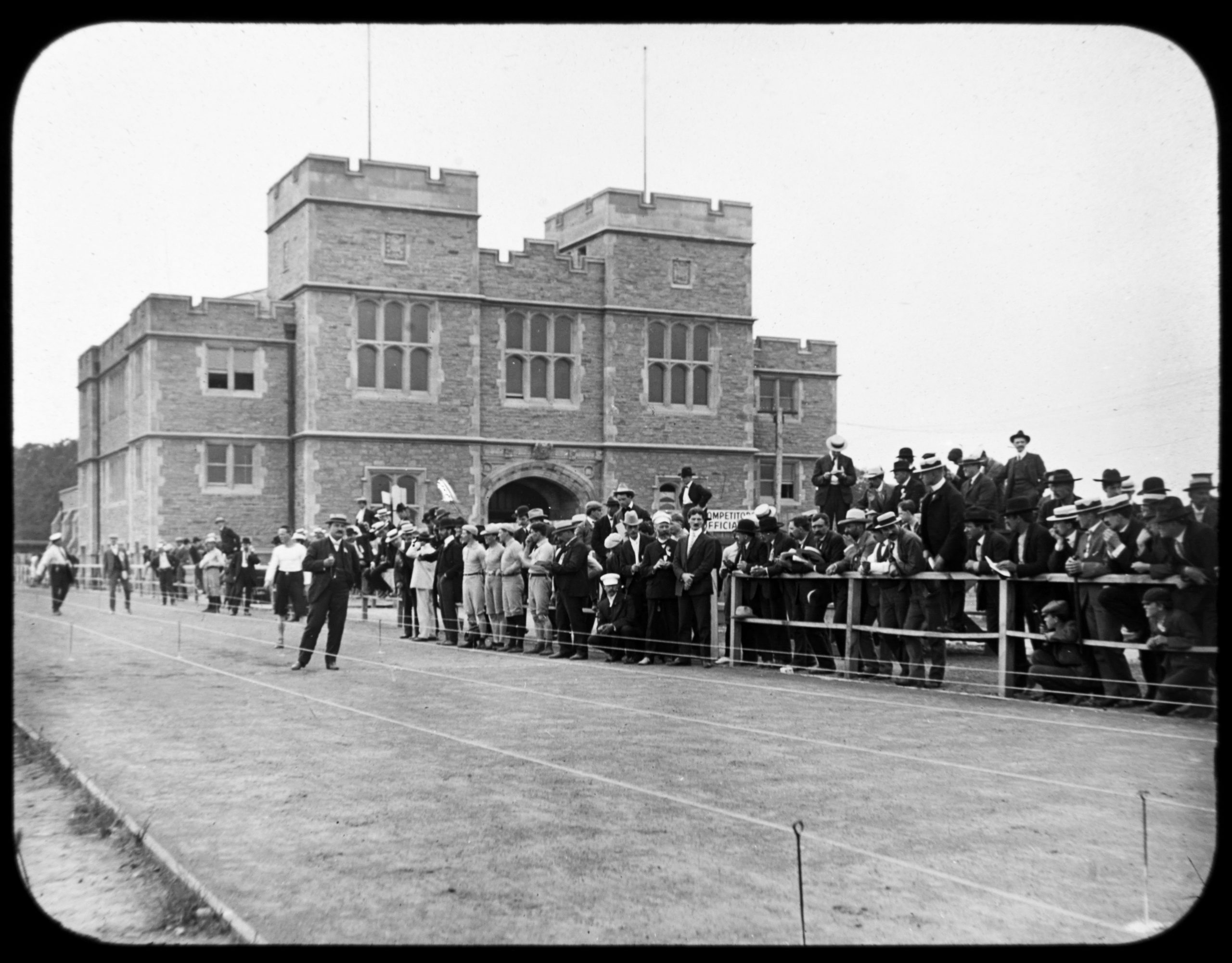 Curious Questions: Why is race walking an Olympic sport?
Curious Questions: Why is race walking an Olympic sport?The history of the Olympics is full of curious events which only come to prominence once every four years. Martin Fone takes a look at one of the oddest: race walking, or pedestrianism.
By Martin Fone
-
 Curious Questions: Where does the phrase 'daylight robbery' come from? It's literally about the theft of daylight
Curious Questions: Where does the phrase 'daylight robbery' come from? It's literally about the theft of daylightMartin Fone tells a tale of sunshine and tax — and where there is tax, there is tax avoidance... which in this case changed the face of Britain's growing cities.
By Martin Fone
-
 Curious Questions: Is there a way to win at rock, paper, scissors?
Curious Questions: Is there a way to win at rock, paper, scissors?A completely fair game of chance, or an opportunity for those with an edge in human psychology to gain an advantage? Martin Fone looks at the enduringly simple game of rock, paper, scissors.
By Martin Fone
-
 Curious Questions: Is being left-handed an advantage?
Curious Questions: Is being left-handed an advantage?In days gone by, left-handed children were made to write with the ‘correct’ hand — but these days we understand that being left-handed is no barrier to greatness. In fact, there are endless examples of history's greatest musicians, artists and statesmen being left-handed. So much so that you'll start to wonder if it's actually an advantage.
By Toby Keel
-
 Curious Questions: Why does our tax year start on April 6th?
Curious Questions: Why does our tax year start on April 6th?The tax-year calendar is not as arbitrary as it seems, with a history that dates back to the ancient Roman and is connected to major calendar reforms across Europe.
By Martin Fone